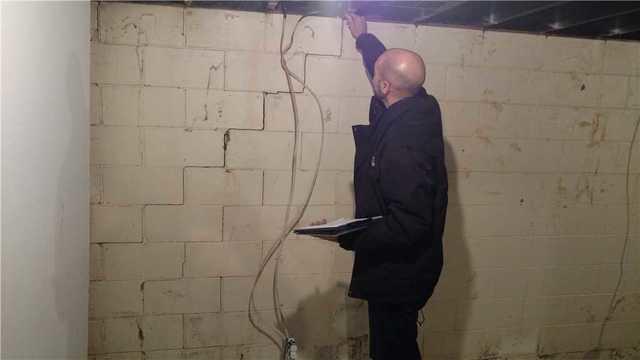
Inspecting a Bowed Wall
It's important to do a top to bottom, inside and out inspection of a home when there are water or foundation issues.
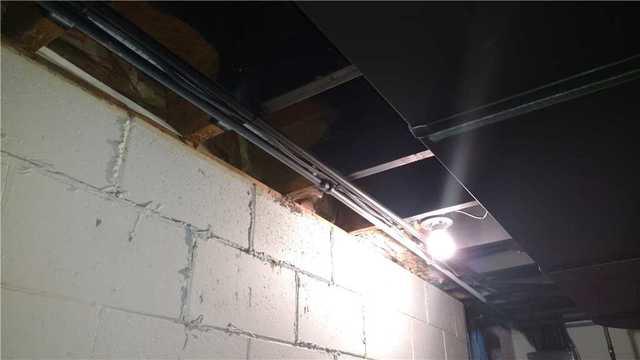
DIY Attempts to Fill in Wall Crack
What looks like caulk was used in this DIY attempt at filling in the gaps in mortar created by the wall cracks. We've seen everything from caulk to spray foam to rubberized paint, and the thing they all have in common is that they don't work. It's especially dangerous to treat the symptoms of a wall crack without finding the source.
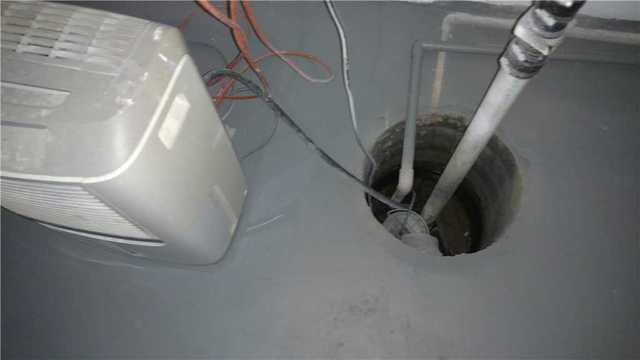
Sump Pump and Dehumidifier in Basement
The basement didn't have noticeable water issues, but when the previous owner of the home noticed the beginnings of mold, they took action by having a sump pump installed an adding a dehumidifier. While we would prefer the sump to have a cover (eliminates the risk of damage), for now they're doing the job.
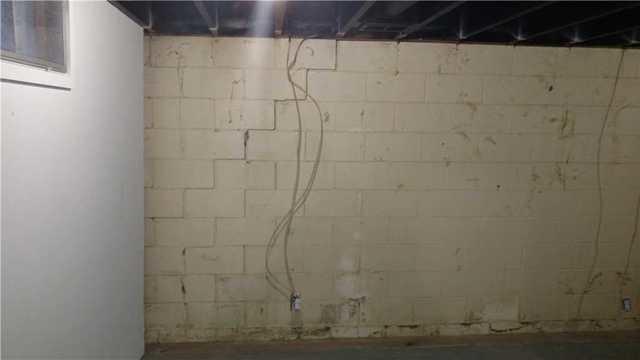
Cracks in Basement Wall
Multiple stairstep cracks on the left side of this wall, as well as some cracking near the floor, point to a severe bowing issue.
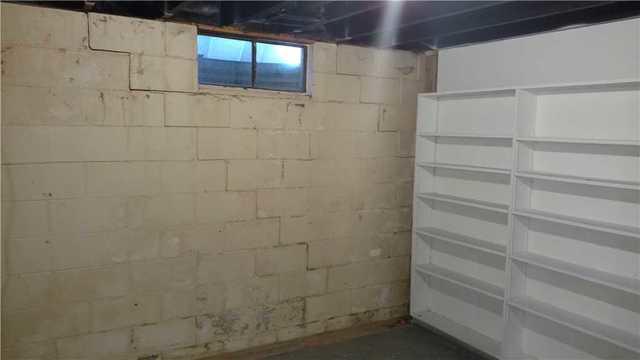
Cracks Around Basement Window
It's unsurprising that many cracks appeared around the window - when less experienced contractors (e.g. those who don't specialize in basement and foundation issues) start working below the ground, they can overly disrupt the soil and cause it to shift, resulting in cracks like this.
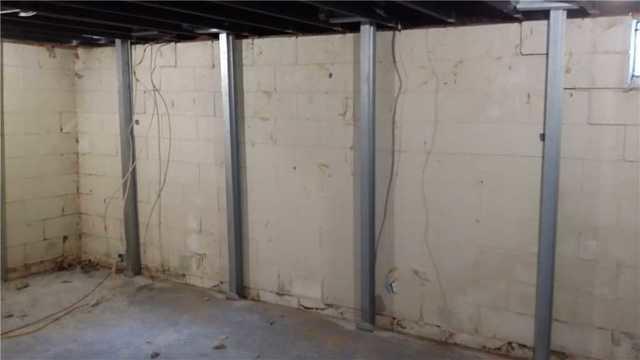
PowerBraces Spaced for Maximum Wall Security
We space the PowerBraces to ensure total protection of the wall.
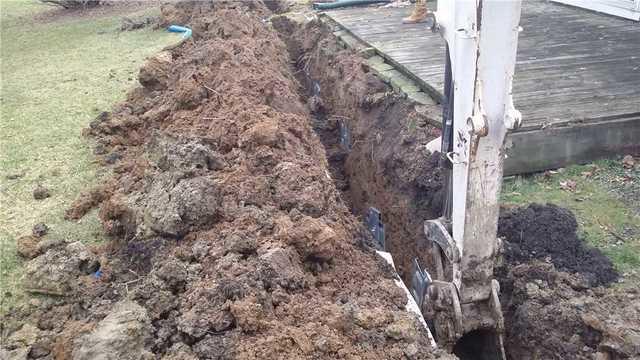
Wall Anchors Secured in Soil
We secure the wall anchors with plates in the soil far away from the house, where it isn't shifting. This provides tension needed to tighten the anchors and hopefully straighten the walls.
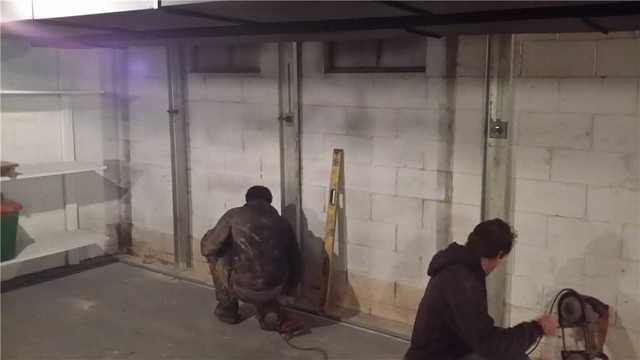
Double Checking the Wall Anchors
Members of our installation crew check to make sure the anchors are level and secure.
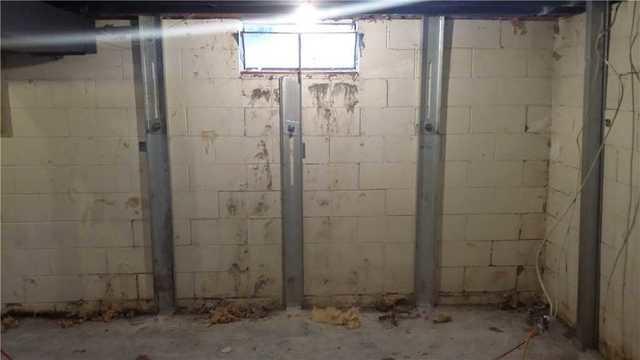
Wall Anchors Stabilize Wall
On the more severely bowing wall of the two, we used wall anchors to stabilize.









